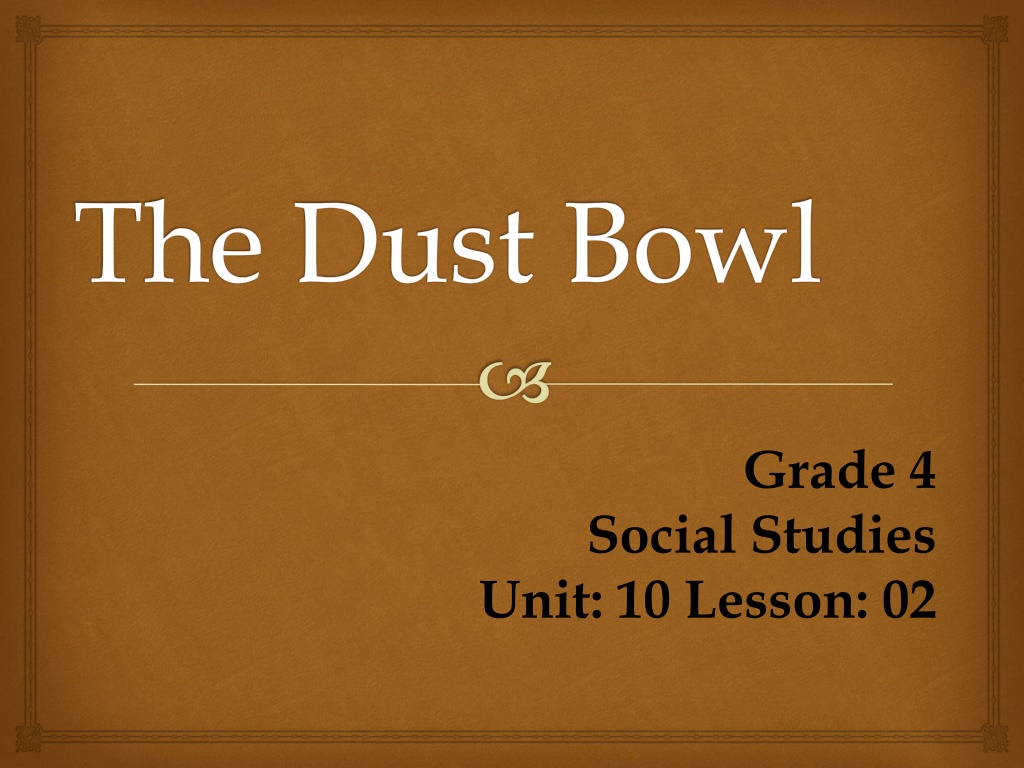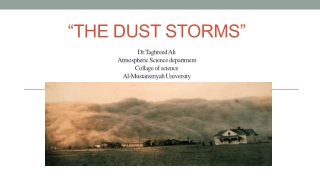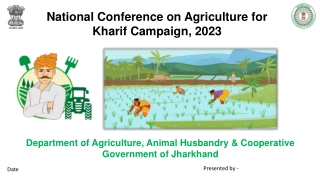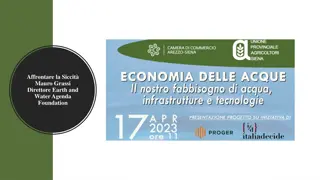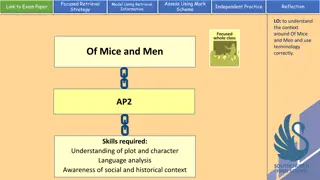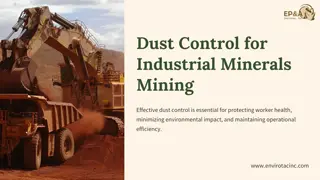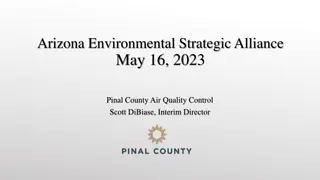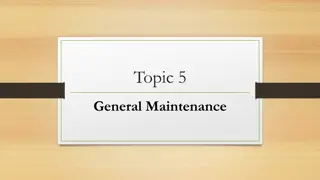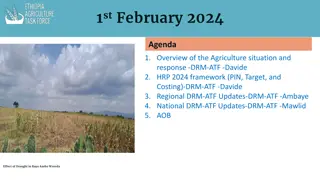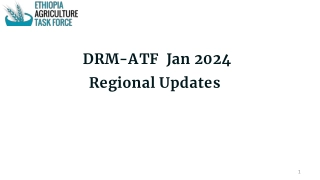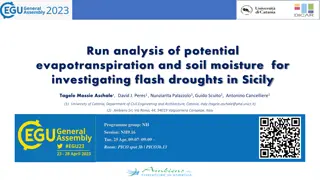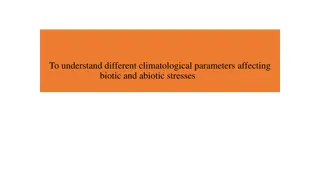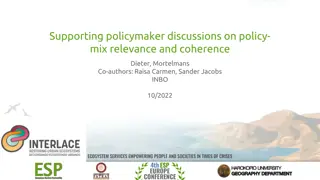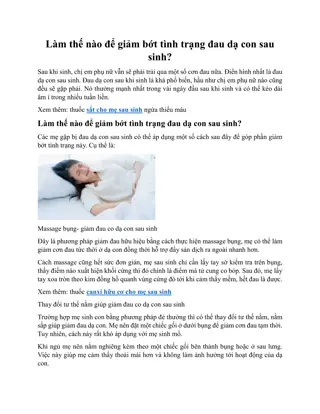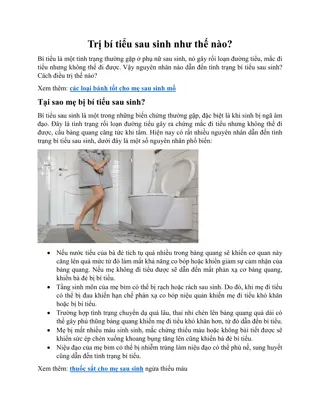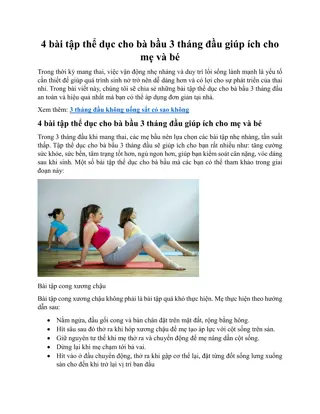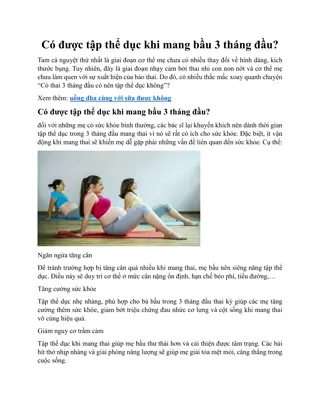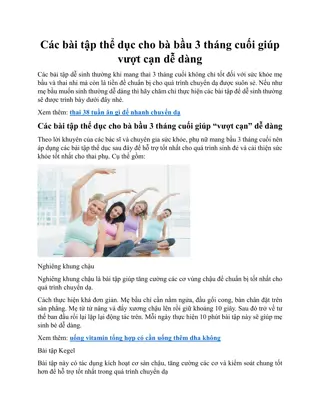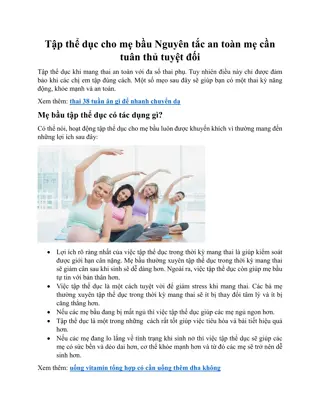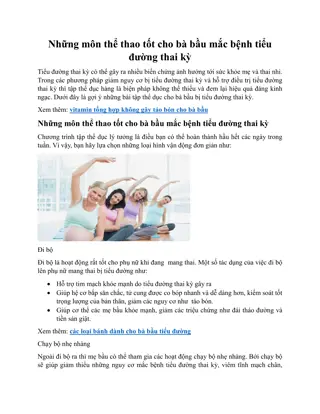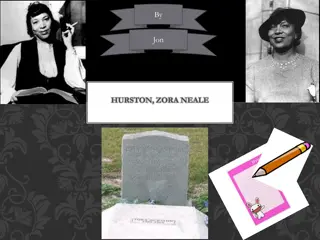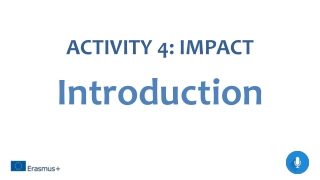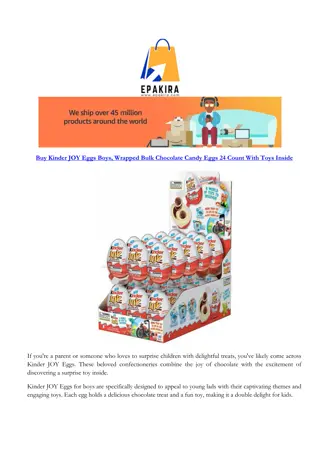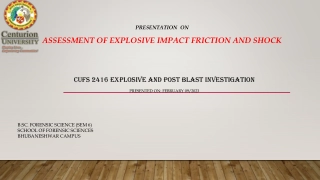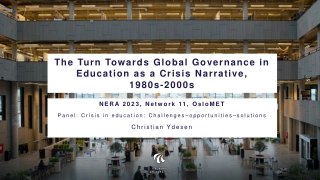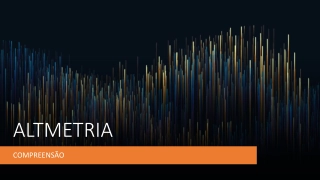The Dust Bowl: Impact of the 1930s Drought
The Dust Bowl of the 1930s was a devastating period marked by severe drought, high winds, and dust storms in the Great Plains. It affected states like Texas, Oklahoma, Kansas, and more, leading to ruined crops, livestock losses, dust pneumonia deaths, and economic hardships. The lack of soil conservation methods worsened the situation, causing widespread destruction and challenging daily life for many families.
The Dust Bowl: Impact of the 1930s Drought
PowerPoint presentation about 'The Dust Bowl: Impact of the 1930s Drought'. This presentation describes the topic on The Dust Bowl of the 1930s was a devastating period marked by severe drought, high winds, and dust storms in the Great Plains. It affected states like Texas, Oklahoma, Kansas, and more, leading to ruined crops, livestock losses, dust pneumonia deaths, and economic hardships. The lack of soil conservation methods worsened the situation, causing widespread destruction and challenging daily life for many families.. Download this presentation absolutely free.
Presentation Transcript
The Dust Bowl Grade 4 Social Studies Unit: 10 Lesson: 02
The Dust Bowl: 1930s The Dust Bowl was an area of the country that was affected by drought in the 1930s, with 1934-1936 being the most severe. The states most affected were Wyoming, Montana, North and South Dakota, Nebraska, Kansas, Oklahoma, Colorado, New Mexico, and Texas.
The Dust Bowl: 1930s The area most affected in Texas was the panhandle. Cities such as Dalhart, Amarillo, Lubbock, Midland, Odessa and the small communities surrounding them were heavily impacted.
The Dust Bowl: 1930s Causes: Severe drought (no rain) High winds and temperatures well over 100 degrees. Farming methods at that time did not use ground cover, crop rotation, or soil conservation methods. The result was that the dry conditions and high winds caused the soil to turn to dust and blow away.
The Dust Bowl: 1930s Effects: Severe dust storms or black blizzards devastated communities. Crops were ruined. Livestock perished. Family farms were lost.
The Dust Bowl: 1930s Effects: Adults and children died from dust pneumonia. Children wore dust masks walking to school. Homes were overcome with insects and pests such as scorpions, spiders, rattlesnakes. Thousands of jackrabbits devoured family gardens.
The Dust Bowl: 1930s Effects: Acts of daily life such as breathing, eating, and working were no longer simple. Children wore dust masks to and from school. Women hung wet sheets over windows in a futile attempt to stop the dirt from entering their homes. Farmers watched helplessly as their crops and land blew away.
The Dust Bowl: 1930s West Texas was hit the hardest, but people all over the state were hurt economically during these years.
Pretend you are one of the children in this picture. Write one word describing how this makes you feel.
Describe the picture below. What similar experiences come to mind?
Explain in a sentence why these severe dust storms were called black blizzards. A black blizzard over Prowers Co., Colorado, 1937
What do you think happens inside the houses when a dust storm like this hits? Dust storm approaching Stratford, Texas Dust bowl surveying in Texas Image ID: theb1365, Historic C&GS Collection Location: Stratford, Texas Photo Date: April 18, 1935 Credit: NOAA George E. Marsh Album
Why would the severe drought hurt cattle and other animals?
